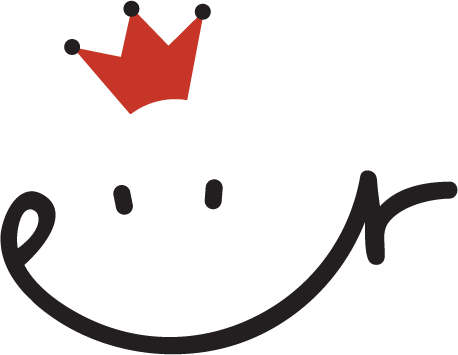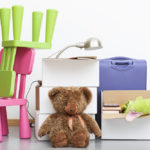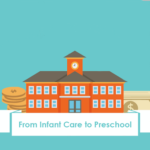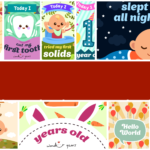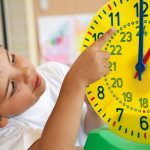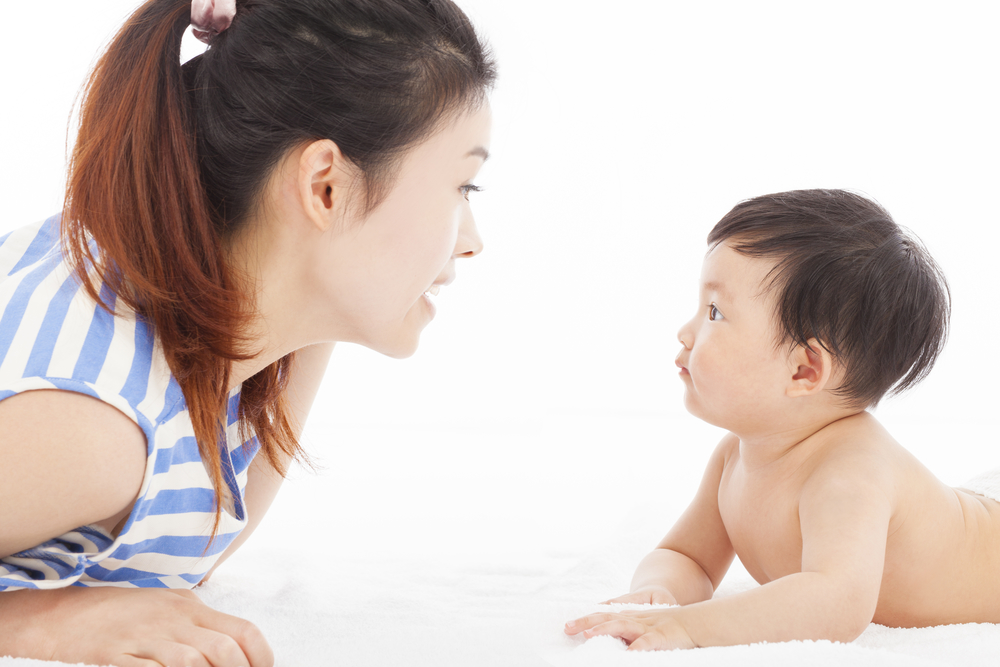
Research shows that by the time babies are born they have already absorbed the sounds and rhythms of the language spoken by their mother. And by around halfway through their first year, most babies appear to recognise and understand common phrases and names of familiar objects and people.
Deciphering Baby Talk
The way adults and even children talk to babies is different from the way they speak to one another. They use a softer tone, more sing-song, exaggerated type of speech with babies and their voice takes on a higher pitch. This musical way of baby talk is used as most of us believe that babies are more responsive to it than to the sound of ordinary speech.
As you talk, your baby isn’t just listening, he’s also noticing how fast you talk, the length, and rhythm of your sentences, your tone and your facial expressions. He gets a sense of individual words and their meaning. It helps him learn to speak and how to recognise and understand emotions.
Although scientists know a lot about the changes in rhythm and pitch in infant-directed speech, they know much less about the role of timbre, or tone colour, which includes the breathiness, roughness or nasality in a voice.
Vocal timbre is the unique quality of your voice that is distinct from its pitch and intensity.
Princeton University researchers found a unique feature of the way mothers talk to their babies – they consistently alter the timbre of their voice when talking to babies. This shift in sound was a consistent pattern across a diverse range of languages.
As shared by Elise Piazza, postdoctoral researcher at the Princeton Neuroscience Institute, the timbre of an instrument (whether buzzy, warm or twangy) clearly affects how we experience music, but its role in language is less obvious. Mothers change their overall timbre when speaking to babies, almost as if they’re morphing their voice into a different instrument to address these unique little listeners.”
However strange you may think you sound doing baby talk, chances are you are helping your baby learn and grow his mind.
Baby milestone on speech
Your baby is getting ready to use words as soon as he begins to make noise to express meaning. From around five months old, sounds such as ‘Guh’ and ‘Buh’ will herald the beginning of what is known as babbling. Towards the end of their first year, many babies are beginning to produce strings of sing-song babble as an accompaniment to their play, and some may even have one or two clear words.
And if you can’t decipher the language of your baby, keep trying. Gently repeat what you think is being said, and ask if that’s right. Or if your baby isn’t hitting the developmental baby milestone, don’t worry too much.
All you need to know is that babbling equals learning. It won’t be long before you finally get to hear what’s on your little one’s mind.
Early learning of language and speech
Talking is one of the biggest baby milestones, and there is a lot you can do in the early learning of speech to help your baby become a master chatter. The first three years of life are recognised as the most intensive period for acquiring speech and language skills.
These early learning years should be filled with experiences of sound and language.
Here are some ways to help your baby with speech and language development.
1. Narrate
Describe what you’re doing as you wash, dress, feed, and change your baby – “Let’s put on these red shoes now” or “I’m cutting broccoli for your lunch”. Narrating helps your baby connect your speech to these objects and experiences. Early learning of language and speech begins with talking to your baby right from birth.
2. Listen
Teach babies how conversations work by listening and responding to their babbles. Babies try to imitate sounds, as well as vary pitch and tone to match the language heard around them. Be patient and give your baby lots of moments to “converse” with you.
3. Elaborate
If your baby points to the biscuits and makes noise, don’t just give him more biscuits. Instead, point to the biscuits and say, “Do you want more biscuits? These biscuits taste good with cheese dip, don’t they?”
4. Read
Book reading is an immensely effective way of improving baby’s language and communication skills. Babies delight in the sound of voice, toddlers enjoy the stories and pictures, and by the time your child is a preschooler he may tell you what’s going on in a book.
5. Sing
There is a strong link between singing and early language development. Singing songs to babies can help them learn to differentiate sounds, tones and recognise rhymes, as well as extend their vocabulary and develop their memory as they move to toddlerhood.
The more time you and your baby spend close together, the more synchronised and easy speech learning becomes. Don’t focus too much on milestone checklists. Instead, focus on your little one as a unique individual, as every child develops at a different pace.

